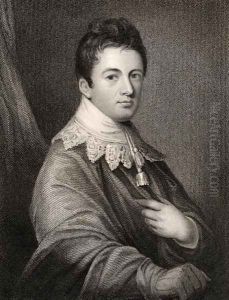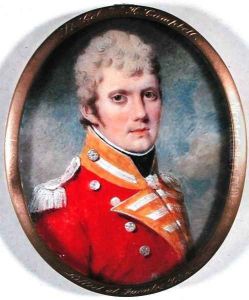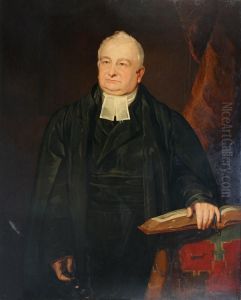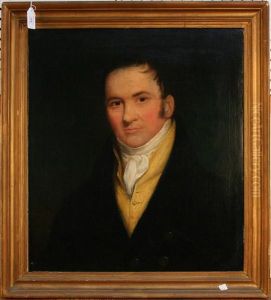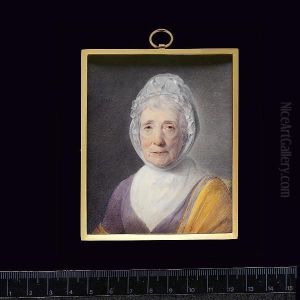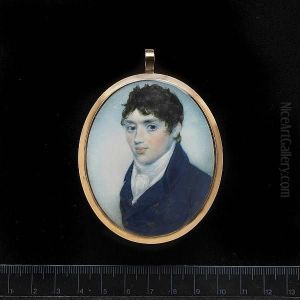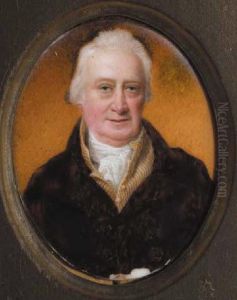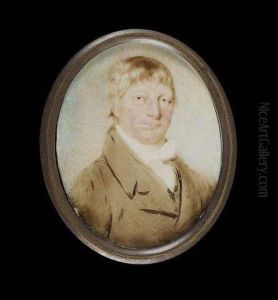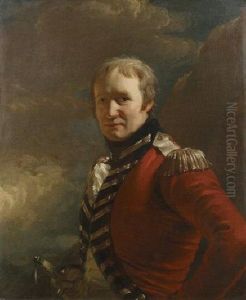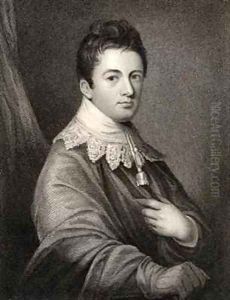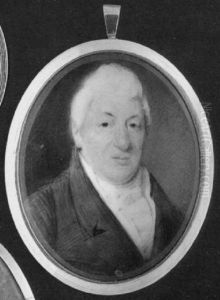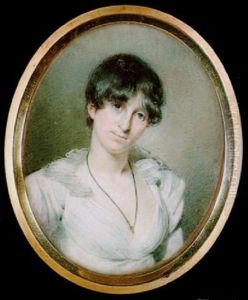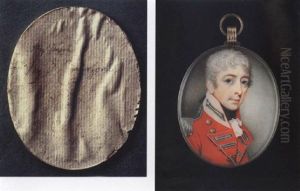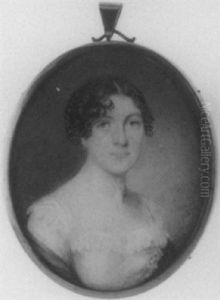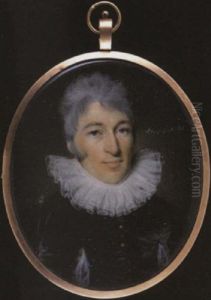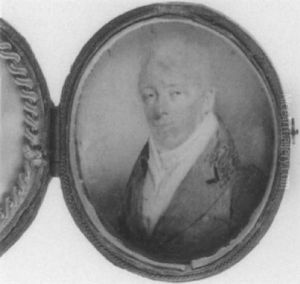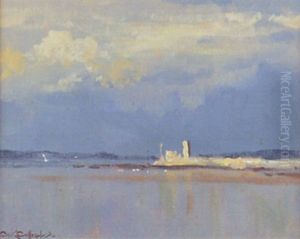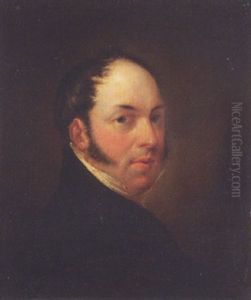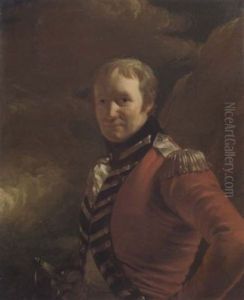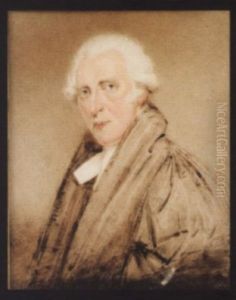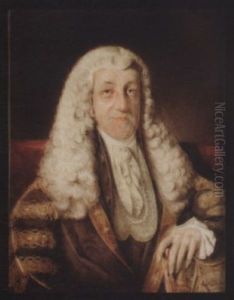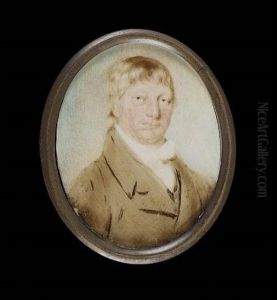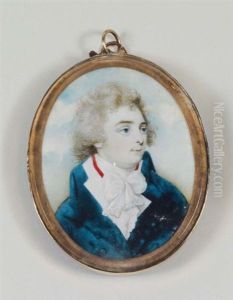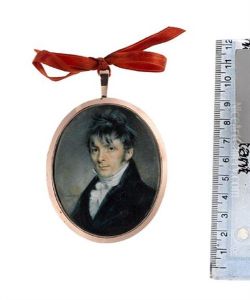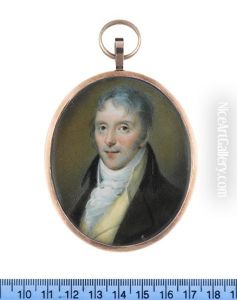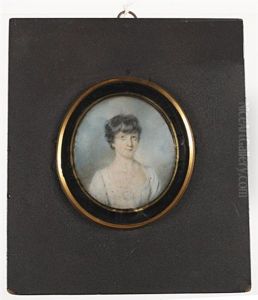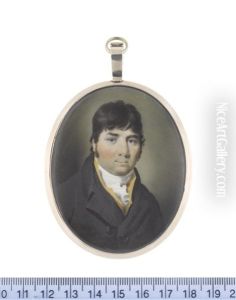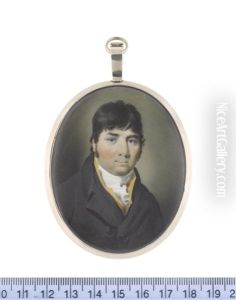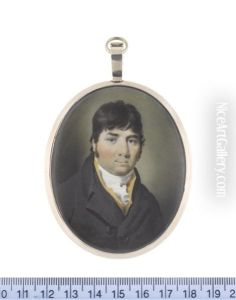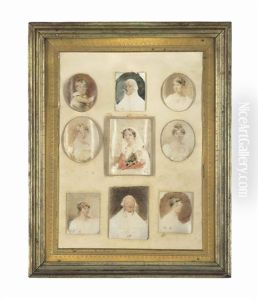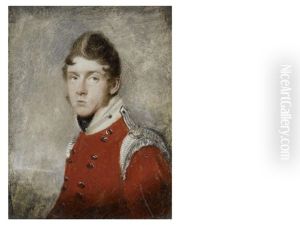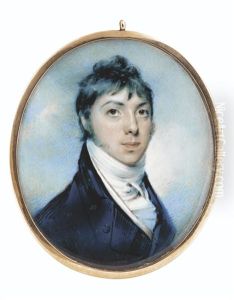John Comerford Paintings
John Comerford was an Irish portrait painter, known primarily for his miniatures. He was born around 1770, although the exact date and place of his birth are not well-documented. Comerford began his artistic career as a self-taught artist, later receiving training from the miniaturist George Place, who had studied under the renowned Italian painter Pompeo Batoni.
Comerford's work became highly sought after, and he established himself as a leading miniature portraitist in Ireland in the late 18th and early 19th centuries. He was known for his delicate handling of watercolor on ivory and his ability to capture the likeness and character of his subjects with a high degree of sensitivity and detail.
Throughout his career, Comerford was heavily influenced by the neoclassical style, which was prevalent during his time. His portraits often featured individuals from the upper echelons of society, including members of the Irish aristocracy and notable literary figures. Despite his success as an artist, Comerford's life was marked by financial difficulties, and he often struggled to make ends meet.
In 1809, seeking to expand his clientele, Comerford moved to London. There, he exhibited his works at the Royal Academy and the British Institution, gaining considerable recognition. Despite his talent and the acclaim he received, Comerford never achieved the level of financial stability he sought.
John Comerford's contributions to Irish art were significant, and his miniatures are considered an important part of the visual heritage of the period. He passed away in 1832, leaving behind a legacy of finely crafted portraits that continue to be appreciated for their craftsmanship and historical value.
